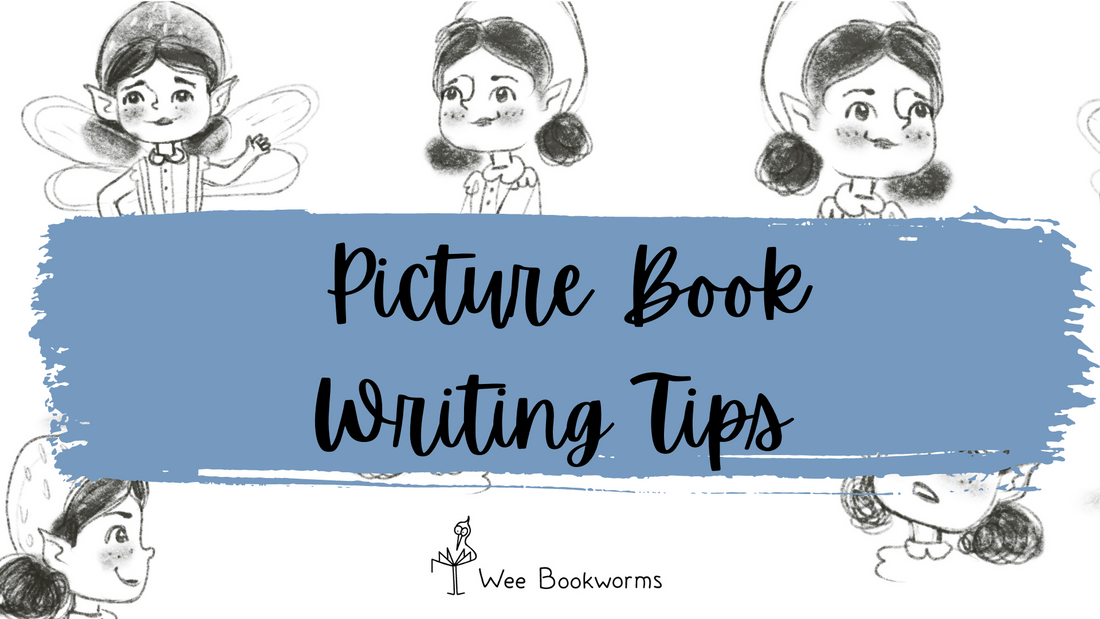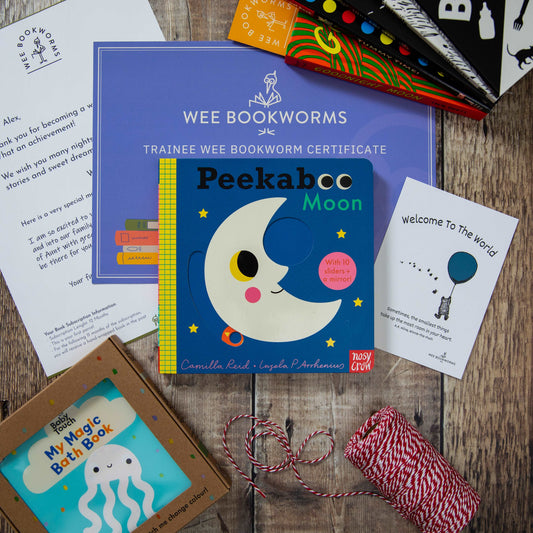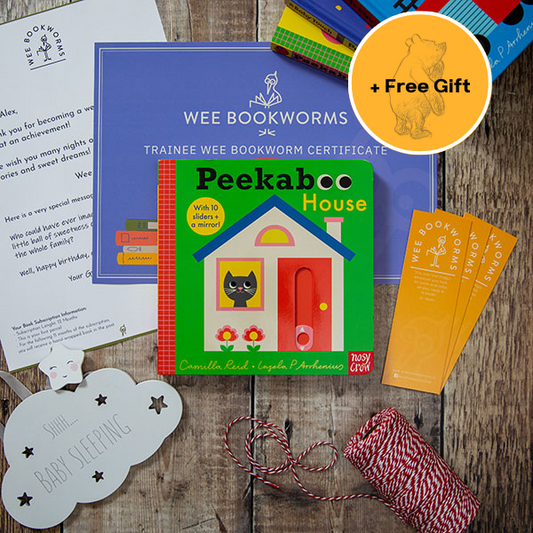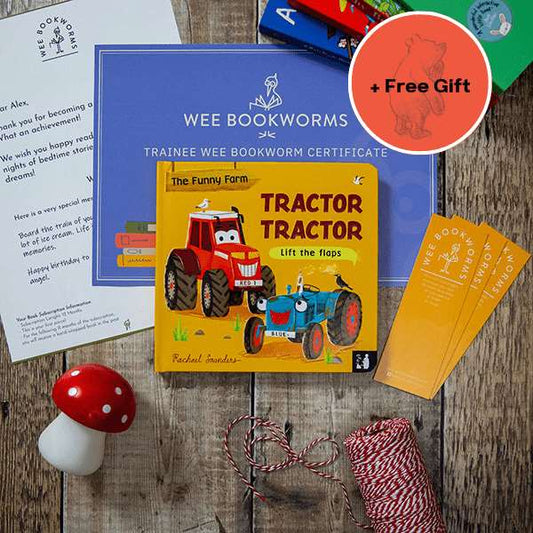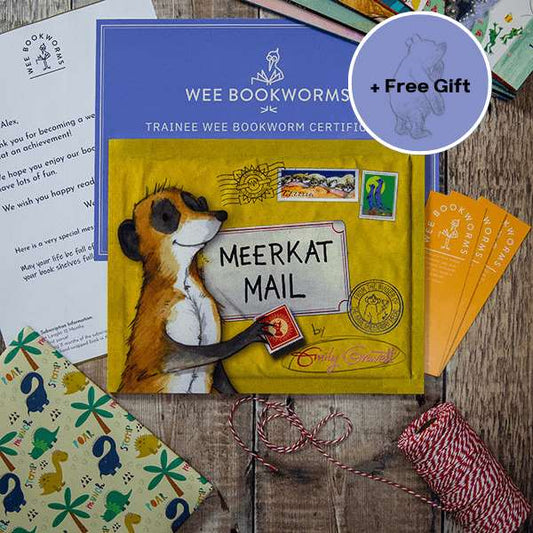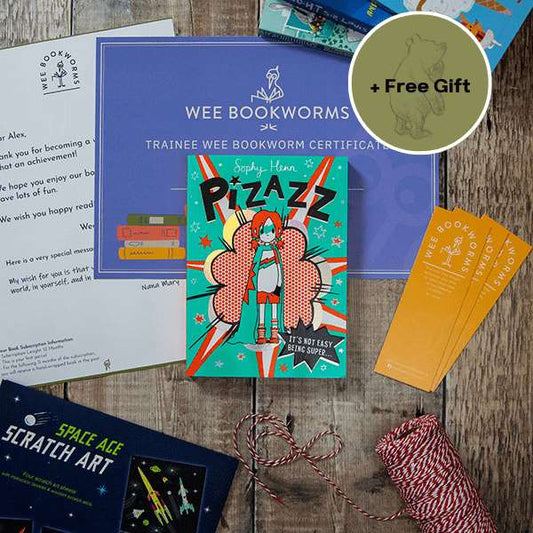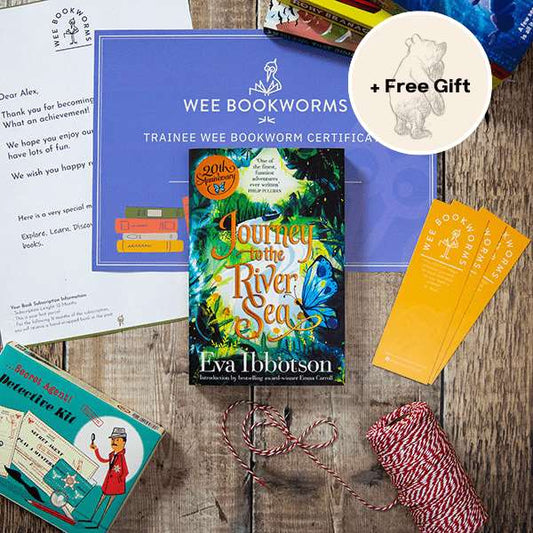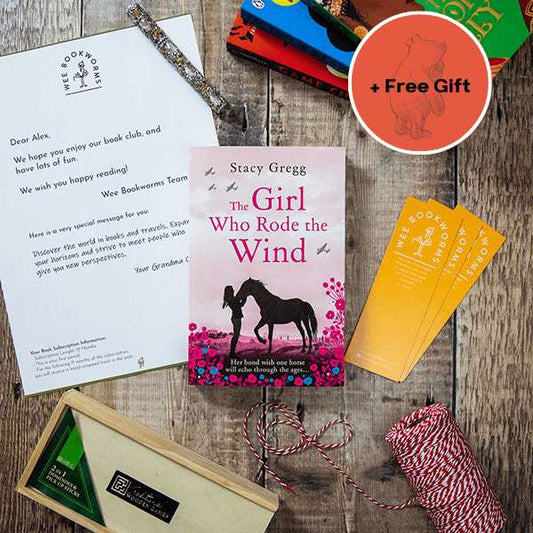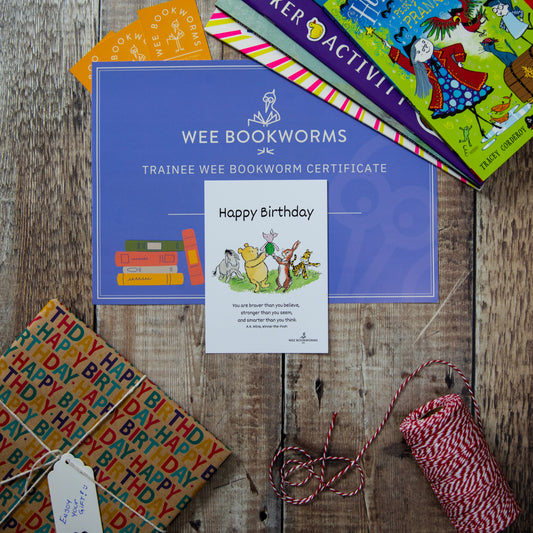My Picture Book Journey
Last week I've mentioned that I had some serious ups-and-downs whilst writing my very first (proper) picture book story. I wrote other stories before (some were short, others not short enough) … but I never had written anything that was worth being published. I know that sounds harsh but it's important to be honest to yourself. I'm sure you have a few stories in your notebook or on your computer that you are very proud of and some, that will end up in your virtual paper basket soon.
My picture book writing process was very much influenced by my turbulent life. A pandemic, crazy events and a lack of sleep is something that you can't prepare for.
At least one thing is certain: In order to write something that will be enjoyed by kids, you will have to write as much as possible. And you will write a lot of useless but also useful things. Take a note of your thoughts, ideas ( I strangely always forget to do that), your fears, character descriptions, funny lines….. anything that pops into your head. Be a sea water sponge & try to find your own system! (Mine looks like utter chaos on paper... like a pencil explosion!)
Another thing I definitely learned very quickly is that you will need to find...
-A Magical Story Recipe-
Come up with a unique but also familiar storyline! Sounds strange, right? Well, I guess that's the famous picture book recipe that we are all trying to discover. Julia Donaldson definitely found it! Uniqueness, paired with fantastic characters and an ordinary but also extraordinary storyline. Tada! You have written a fantastic picture book that will be enjoyed by many kids around the world. But yes, this is exactly what makes writing a picture book so difficult: The story recipe! We all have to go on our own journey in order to find it. If you are currently working on your story, then you should ask yourself: Why is my story unique? Uniqueness and a pinch of familiarity will make a fantastic story! (Easier said than done.)


Did I write a unique picture book story? Will kids enjoy it? I'm not certain...But my characters are definitely a little bit unique. My inspiration was a very special member of the Wee Bookworms Team: Fairy Belle Bookworm. I developed her character a long time before I started to write my picture book.
It all happened on a rainy day in my bookshop. A little child pointed at some glitter on the ground and screamed: "Fairy?" (Yes, quite a cute & magical moment). Then I bought for our then-still-nameless fairy a fancy fairy door and soon enough we had a real fairy called Belle Bookworm in the bookshop. Since then, Belle Bookworm has become an important part of Wee Bookworms' identity. The illustrator Saraja's Drawer made our fairy come alive with her beautiful illustrations.
Following her creation, Belle Bookworm featured in many odd & crazy stories in my Online Storytime Sessions during the first few lockdowns. Now she is one of the main characters in my soon-to-be-published picture book. Naturally, this leads me to the next point ….
-The Illustrations-
I think it’s very important to think about your picture book characters and what they are going to look like. Sometimes while I was writing my picture book, I did not pay enough attention to the other most important element of the picture book: The pictures!!!! and what messages they should convey. Even if you are not going to use your own illustrations, you should start drawing you characters from the very beginning of the writing process. Great picture books master a fine balance between illustrations and words (Let's think about the perfect combination: Julia Donaldson's stories and Axel Scheffler's illustrations). Try to find this perfect balance as early as possible! And with your visions and ideas in mind, start looking for a suitable artist.
I discovered the fantastic illustrator Ira Baykovska, who is currently working on the illustrations for my picture book. She sent me the first sketches of Belle Bookworm a few weeks ago. Don't they look fantastic?


I instantly loved the warmth and style of Ira's artwork. It felt right! I had found my illustrator, wuhu! Always bear in mind: You create the story and images in your head and put them on paper & then you HAVE TO let your characters run free.
No start, no middle, no end
But how do you start writing? Coming up with a storyline requires a lot of determination. You may get your idea from your surroundings, events, your child's favourite books...and find inspiration in ordinary every-day life. Finding inspiration is tricky though. A notebook will be your new best friend!
For me, writing a picture book is a very messy undertaking without a definite start, middle or end. It’s all over the place and sometimes it stops at random moments. Some stories you will write in a day, others will take months to complete. And then there is that awkward feeling when you have supposedly finished your manuscript: Have I really finished it? Could I write more? Should I write less? Is the ending bad? Who knows!
Another thing is certain: You have already started your writing process by trying to find out more about it. There are a few things you should bear in mind:
Target Audience?
Whether your story is going to be well-received and popular certainly depends on your target audience. Even in terms of picture books there are slight variations.... For example, there are many picture books with a very high word count (they are borderline early chapter books, so to speak). Take a close look at your potential target audiences:
Early Chapter book: One of the Isadora Moon books by Harriet Muncaster (around 6000 words. Age group 5+. Small black and pink illustrations that help kids understand/decode the story.)
The Bookshop Cat by Cindy Wume (under 1000 words. Age group 3-6. Colourful illustrations that partially tell and support the story.)

One is an early chapter book, the other is a slightly longer picture book. Both books could be enjoyed by 5+ year olds but differ in their structure. Therefore, it's not only important to determine your target audience but you also have to be super specific! Which leads me to the next point....
Structure, structure & more structure
A good picture book requires a beginning, a peak moment, and an end of some sorts. And again, that's when a golden thread or ribbon or whatever you want to call it, must run through your story. It all needs to make sense, it all needs to be linked: Kids find plot holes IMMEDIATELY. They are very attentive, it’s quite scary.
Top Tip: Remember that every element in your story needs to be there for a reason. It needs to have a purpose!
Once I knew who I wanted to write stories for (ages 4-6 years, picture books, fairy theme) I began my 'advanced reading journey'….
Read, read & read
Try to read as many books in your chosen category/ age group as possible. That's literally the best way to learn about writing picture books! Look at the way in which other picture book authors structure their stories. Take a closer look at the thread that guides readers through the story. Try to figure out why the story will be interesting to young readers. What's unique? What's familiar? Do the illustrations support the story or does the story support the illustrations? Read bad and good picture books!
Subtle message
Back in the late nineteenth century, moral stories were super popular (probably mostly amongst adults). If you want to convey a message, do it in a subtle way. Moral messages are not a bad thing, but your story shouldn’t explain why something is good or bad, but rather 'show, don't tell' why something is better or good.
The Elmer Stories by David McKee have a wonderfully subtle message: Be yourself!
Try to keep it short
One thing I struggled with the most was keeping it short....and my soon-to-be-published story is still rather long for a picture book! Generally, 50 to 1000 words are recommended.
Get an editor or ask your friends to read your stories
No matter whether you decide to self-publish or whether you want to send your manuscript to potential publishers: I highly recommend you to get an editor! If that's not an option, then get your manuscript proofread by a friend or family member. Try to make other people read your stories. Accept their honest opinions & criticisms (as difficult as this may be). It is frustrating to get negative feedback, don’t get me wrong. As mentioned before, I experienced countless moments in which I simply wanted to give up.
My story was too long, too short, no fun (I'm still not sure if it is)..... Essentially, listen to people! They will be the ones that potentially buy your book or at least recommend it to others. If the majority tells you that it's too long, then perhaps you should take a look at the word count! (Yes, it's a pain!) If it is too boring, perhaps there is something missing in your story.
For me, my very first picture book is a start. There is still so much to learn! It might not turn out to be very popular or even a little bit good. But I tell myself that's OK: It's a first step into a world that is difficult to conquer. Of course, I would like young kids to enjoy my story but perhaps they simply won't. Maybe it should be shorter, maybe there is no twist, maybe it's not warm and fun! Who knows! It's all about trying. Give it a go, and if it doesn't work out, then try again. And be proud about what you have accomplished; it wasn't easy. There are so many fantastic picture books out there: Perhaps one of yours will join the club soon.

